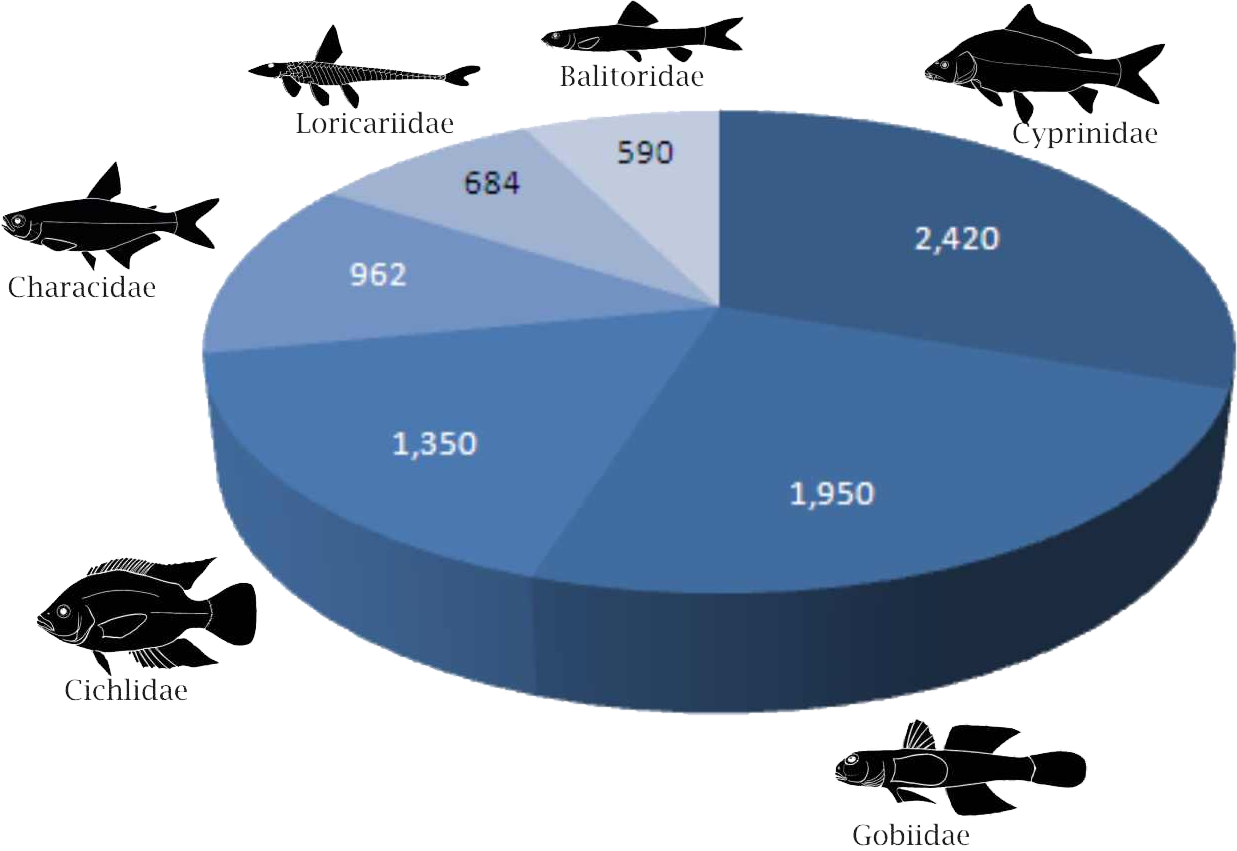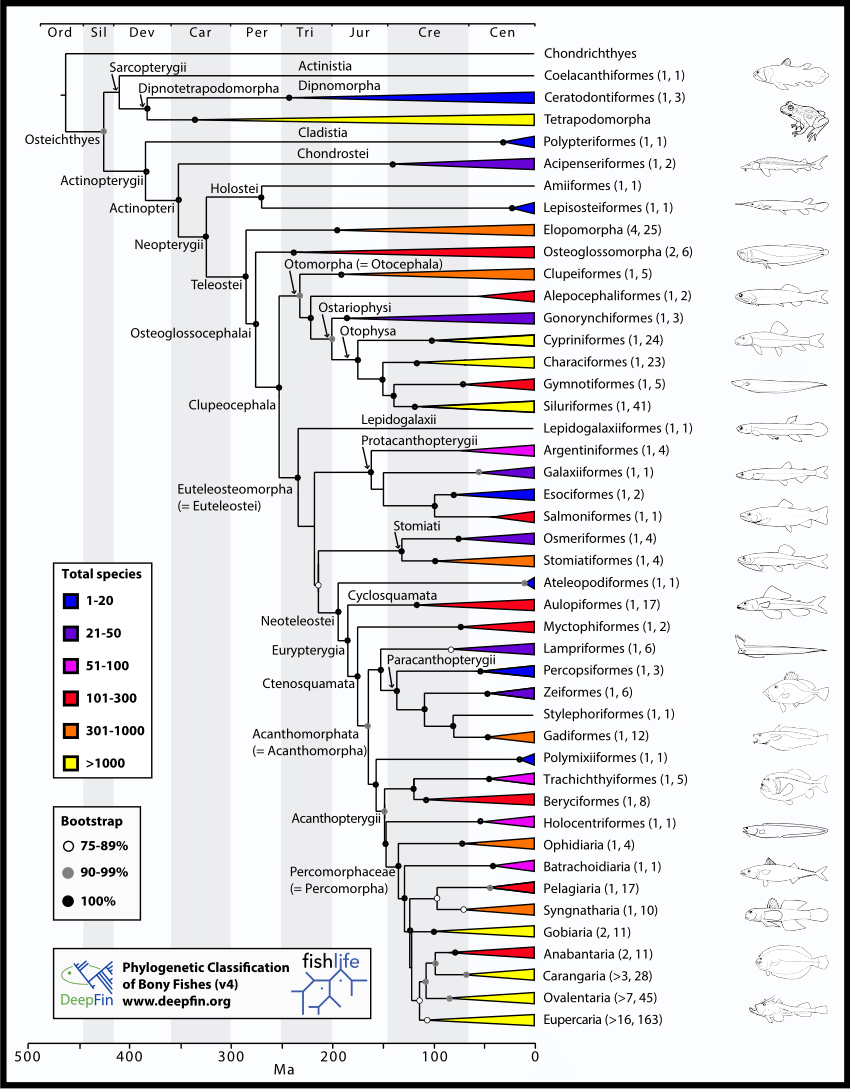Killifish: The egg laying Tooth-Carps
Livebearers: The live bearing Tooth-Carps.
Like every other fish these lay eggs to reproduce, except for half of them which give birth to live young. Of the ones that do lay eggs, they have much longer incubation periods than other fish, so the eggs survive temporary dry spells. Usually fish eggs hatch in a few days, but a,ong egg laying fish in this family, the shortest incubation period is 15-20 days while the longest is 9 months, and for more than a couple of species from both Africa (Callopanchax) and Sourh America (Pterolebias, Gnatholebias etc.)
again, unlike other fish, colors and patterns of colors seem to be just a suggestion within this family, they show some of the magnificent coloration of all freshwater fish, rivaling marine fish in color intensity - and that's just naturally occuring wild fish. In cultivation the livebearing members of the family did not take long to express superior colors and longer fins. Decades of careful breeding has yielded thousands of different color and fin variations in man made varieties of these species, mostly among Mollies, Swords Platies and Guppies. The introduction of "Endlers Livebearer" in ther 1970s and 1980s became a significant addition to this group of commonly available Livebearers, inevitably the new aquarists fish fish due to their hardiness and ease of breeding. The egg laying killifish are at the other end of this spectrum and include delicate rare and often fairly expensive fish. But that's just some; others - in fact most killifish - are quite easy to keep and breed, but do need more care and detail when setting up a tank for them. Unlike the live-bearing side of the family the egg laying killies tolerate a wide range of water. While a (very) few have strict requirements as to water chemistry, this family for the msot part will tolerate hot or cold freshwater or seawater. Many Killies can be found in pure salt water - Fundulus, Blue Gularis, Pachypanchax playfairi, Aphanius and so on and so forth. Onw of the fish in this camily, a killie by thename of the Devil's Hold Pupfish, lives in over 100F degree water five times more saline than seawater; oen of very few fish that can live in the desert.

